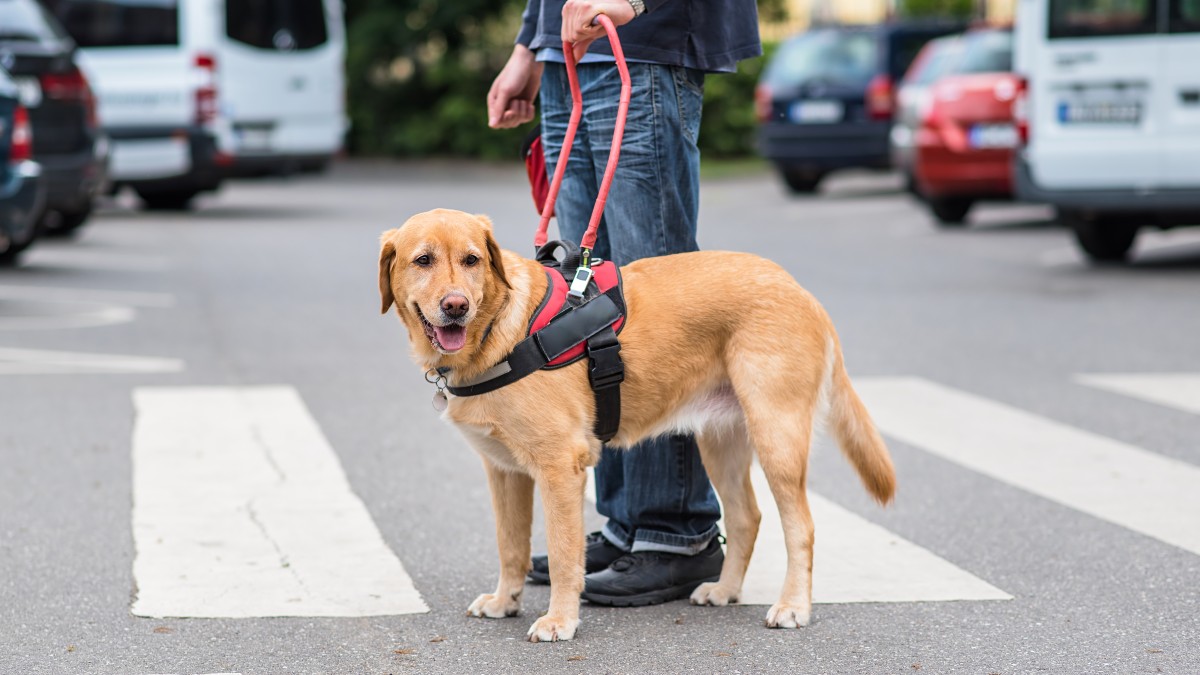Pet ID tags: Can this tech help find lost pets?
Pet ID tags can reunite animal companions with their owners.

Smart pet ID tags can give pet owners an extra pair of eyes when it comes to keeping track of their beloved companions.
No matter how much an owner adores their pet and takes precautions to keep them safe, it is still very common for animals to go missing. When this happens, it can be distressing for both pet and owner. Some of the main reasons for a pet running away include fear or anxiety, curiosity, hunting and mating instincts.
An owner only has to look away for a short time before completely losing track of their pets. Even if they spot them chasing something into the distance, dogs are often much faster than their owners, leaving them helpless. Meanwhile cats, which often don’t require constant supervision, may leave the area they know well and struggle to return home.
Pet Identification (ID) tags are worn by domestic animals to reunite lost pets with their owners. The tags display contact information and other important details about the animal. Without these devices, when a stranger finds a lost, wandering animal, they have no way of knowing whether it is a loved and sought-after pet or a stray.
Related: Dog DNA tests: How accurate are they, and what can you learn?
Keeping your pet’s name and your contact information secured to your pet’s collar enables others to inform you of your animal’s whereabouts. But for those wanting to take a more active role in the search, tracking tags prevent owners from having to helplessly wait for news. These smart tags vary in range, but some can provide digital information about an animal's whereabouts and live tracking details as soon as a pet is lost, according to the pet database World Pet Network.
Digital profile
Some pet collars display a QR code instead of a written, or engraved, contact number. These smart tags need to be scanned by a smartphone camera. Today, many people carry their phones with them everywhere, so reporting sightings of animals that appear lost is quicker and easier than it ever has been.
Get the world’s most fascinating discoveries delivered straight to your inbox.
Related: Are air purifiers safe for pets?
Using QR codes means that more details about a pet — such as contact details, medical information and photographs — can be stored in a small space on the ID tag, according to pet ID providers PetHub. As long as the person who finds the missing animal has a smartphone and access to the internet, when they scan the QR code, they will get instant access to this helpful information.

When the collar tag is scanned, the phone screen will display the animal’s profile. This can store multiple emergency contact numbers in one place, to ensure that the person who has found your pet will get through to someone. Digital tags are also more flexible, as owners can change the details online.
This feature means details can also be temporarily changed — to a pet-sitter’s for example — when the owners are elsewhere. Without this flexibility, a lost or broken phone could reduce the chances of an owner seeing their pet again.
Do all dogs need tags?
It is illegal in many countries, such as the U.K., U.S., Canada and Australia, for dogs to be walked in public without an ID tag on their collar. In the UK, these tags must include at least a name and address, otherwise dog owners can receive a fine of up to £5,000 (approx. $5,489), according to the UK government.
Related: Why are so many pets overweight?
There are some exceptions to this law. In U.K. legislation, this includes dogs used for sport, to control cattle and sheep, for emergency or rescue purposes and guide dogs. All dog owners should check the law in their local area, because these laws can vary by country and regions of the same country.

Additional resources
For information about pet ID trackers, along with buying advice and the best deals on pet products, head over to Petsradar.com.
Bibliography
- World Pet Network, "Why do pets go missing?", April 2020.
- PetHub, "Why Your Pet Needs A Digital ID Tag", June 2020
- Legislation.gov.uk "The Control of Dogs Order 1992”, accessed March 2022.
- Sarah Sypinewski, "Electronic Pet Trackers and Activity Monitors: A Roundup", Embrace Pet Insurance, October 2018.
- Snout fashion, "Did you know that Dog ID Tags are a Legal Requirement?", accessed March 2022.

Ailsa is a staff writer for How It Works magazine, where she writes science, technology, history, space and environment features. Based in the U.K., she graduated from the University of Stirling with a BA (Hons) journalism degree. Previously, Ailsa has written for Cardiff Times magazine, Psychology Now and numerous science bookazines. Ailsa's interest in the environment also lies outside of writing, as she has worked alongside Operation Wallacea conducting rainforest and ocean conservation research.


